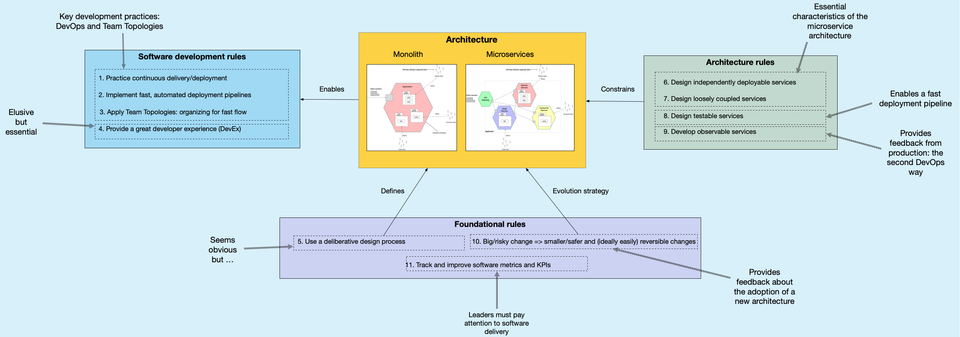Microservices rules #10: Make smaller, safer, and reversible changes - part 5

This article continues the series on microservices rules: what good looks like, a collection of principles and practices that help teams adopt microservices successfully.
The articles in the series are:
1. Practice continuous delivery/deployment
2. Implement fast, automated deployment pipelines
4. Provide a great developer experience (DevEx)
5. Use a deliberative design process
6. Design independently deployable services
7. Design loosely coupled services - part 1, part 2, part 3
9. Develop observable services
10. Big/risky change => smaller/safer and (ideally easily) reversible changes - part 1 - incremental architecture modernization, part 2 - continuous deployment, part 3 - canary releases, part 4 - incrementally migrating users, part 5 - smaller user stories
11.Track and improve software metrics and KPIs
This article explores yet another way to achieve Microservices Rule #10: Make smaller, safer, and reversible changes. Work items flow into a team in four main forms: features, defects, risks, and technical debt. Previous articles on Rule #10 focused on implementing and delivering work items incrementally. However, another effective approach is to reduce the size of the work item itself — specifically, implement smaller features, or in other words, define and deliver smaller user stories.
This article explores how defining and delivering smaller user stories accelerates learning and experimentation — essential ingredients for building a great product.